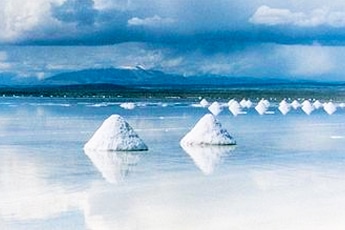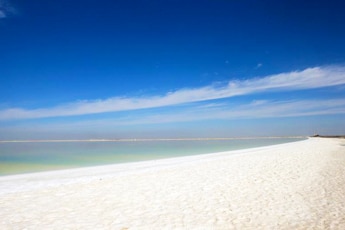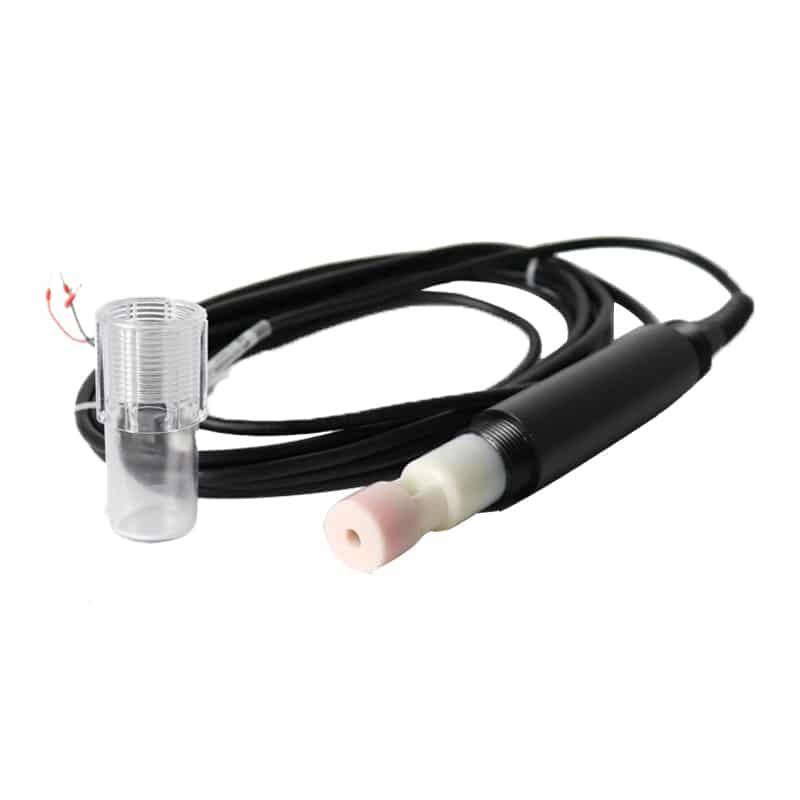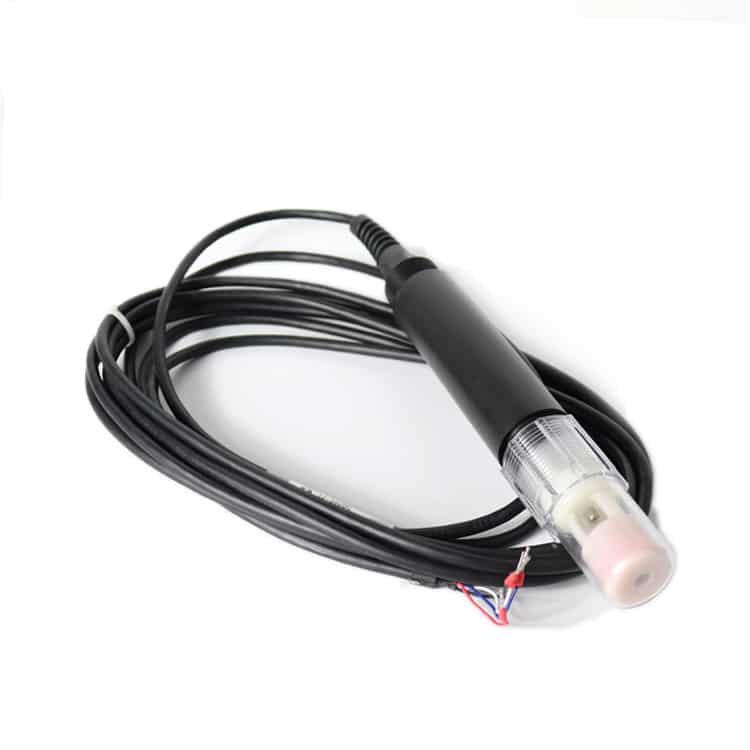What is salinity?
Simply put, salinity is the amount of salt measured in water. Also refers to the ratio of the mass of dissolved matter in seawater to the mass of seawater.
In seawater, the top three chemicals are sodium, chlorine and magnesium. So the salinity of the water is often used to give an intuitive indication of the amount of chemicals in the water. But the salinity of sea water can not be measured directly, it is only a quantitative measure of salt content of sea water, but also one of the important physical and chemical properties of sea water.
Why is it so important?
Saltwater fish and corals have evolved to live in water with a specific concentration of salt or salinity. Most fish and corals can tolerate small changes in salinity. However, the more dramatic the change in salinity, or the farther the salinity deviates from the recommended level, the greater the stress and ultimately the death.
What is the optimal range of salinity?
Different types of saltwater aquariums require different levels of salt. The following are the most common.
Reef aquariums: Typical range: 1.024 – 1.026
Salt concentrations in marine coral reefs vary by location. Salinities as low as 1.023 and as high as 1.028 are generally considered safe for corals, however, most hobbyists keep their salinity in the range of 1.024 – 1.026 (32 – 35 ppt).
Fish tanks: typical range: 1.019 – 1.023
Generally only used in aquariums with saltwater fish, as the salinity is too low for the vast majority of corals. Fish can usually tolerate these lower salinity levels; however, parasites and other pests have difficulty coping with these salt concentration levels. For fish with ich, salinities can be reduced to as low as 1.010 for up to 2 weeks to eradicate ich infections.
Saltwater aquarium: Typical range: 1.002 – 1.022


Saltwater occurs where brackish water from the ocean mixes with a freshwater source, such as a river. The concentration of salt varies widely, but is rarely the salinity of seawater.
How to make brine at the right salinity
When deciding to keep a marine or saltwater aquarium, the first thing you may think about is: how do you make saltwater?
- Choose a salt mix: There are many different brands of salt on the market. Choose a salt that is perfect for your tank’s needs. For example, if you have a reef tank, choose a reef mix that has the right level of calcium and alkalinity.
- Making fresh water: Adding tap water to your aquarium is not recommended because it contains many impurities that can be harmful to your aquarium. Purified RO-DI water is considered the best choice and can be made at home using an RO-DI filter or purchased from your local aquarium store.
- Mixing: After selecting your preferred salt, simply add the salt to the fresh RO-DI water and mix with a pump until the salt is completely dissolved. The water should be crystal clear once all the salt is dissolved.
- Test: Before adding the salt water to the tank, test the concentration of the salt. The most common measurement is the specific gravity, which should be in the range of 1.023 to 1.028 for a reef tank. If PPT or parts per thousand is measured, it should be in the range of 34 to 36. (35 PPT is the same as 1.026 specific gravity.) If salinity is low, add additional salt and mix until completely dissolved. Test again.
Tools for measuring salinity
There are several tools available on the market designed to test your salinity. Here are some options and the advantages and disadvantages of each.
Pendulum arm hydrometer: A pendulum arm hydrometer is a small clear plastic box with a tear-shaped pendulum arm. The calibrated arm will float at a specific height based on the salt concentration in the water. A scale printed on the box will indicate the specific gravity. A pendulum arm hydrometer is affordable; however, it is usually not as accurate as other types. It is a good choice for pure fish aquariums where consistency is more important than actual salinity levels.
Refractometers: Refractometers are more accurate but also more expensive than swing arm hydrometers. A refractometer is a hollow tube with an angled piece of glass at the end. The sample water is placed on the glass and then placed over a light source. The density of the sample water changes the direction of the light, called the angle of refraction, which is related to a specific salinity value. The result is displayed on a scale inside the test tube. Most economical refractometers measure only the concentration of salts in water. High-end refractometers measure the concentration of seawater, making them more accurate. It is best to rinse the slides with fresh water after each use and recalibrate the equipment periodically.


Digital Refractometer: Works on the same principle as the manual refractometer; however, the machine will measure the refraction of light itself and display the salinity as a number on the screen instead of the user’s eye reading the value. As with the manual refractometer, it is best to rinse the slide with fresh water after each use and to calibrate it periodically.
How to maintain salinity
To avoid salinity changes, we recommend the following procedure.
- Replenish evaporation with fresh RO-DI water only. For tanks with high evaporation, we recommend using an automatic replenishment system.
- When making fresh brine, match the salinity of the current tank water.
- Always add the same amount of brine back into the tank whenever it is removed. This rule is critical for water changes and is also important when adding or removing new fish and corals or protein separator overflows.
There are many ways to mix and measure your aquarium’s saltwater. Hopefully this article has given you a basic understanding of these principles so that you can make the right decision when making your purchase.
More articles on salinity:
What is salinity meter and how does it work?
What is conductivity?
What is turbidity?
Main water quality indicators
